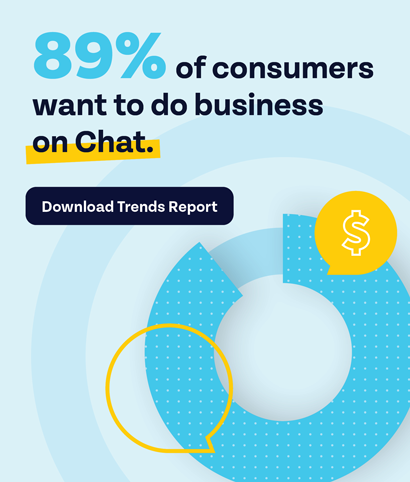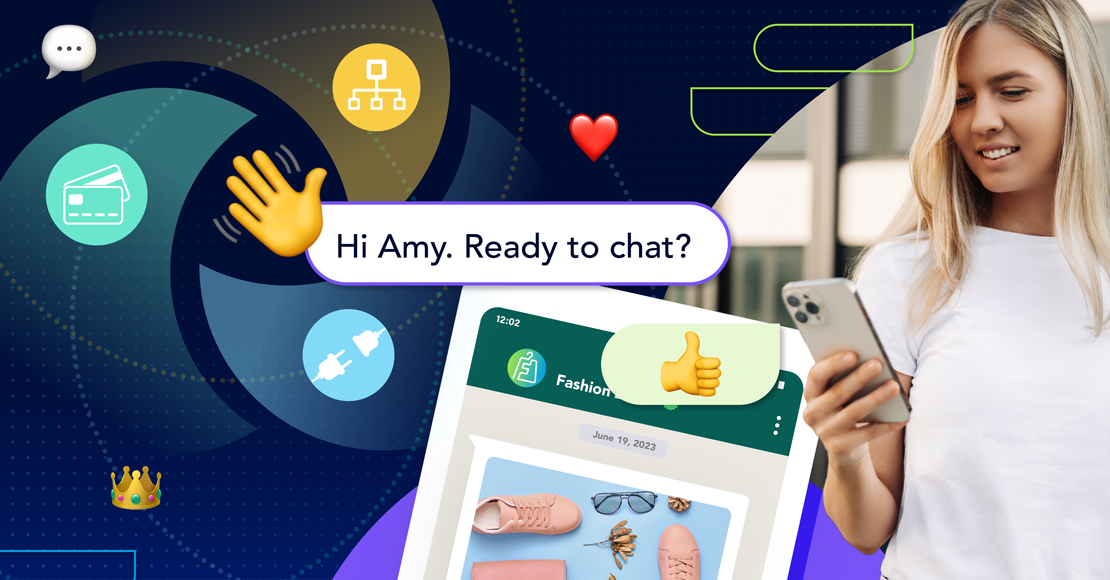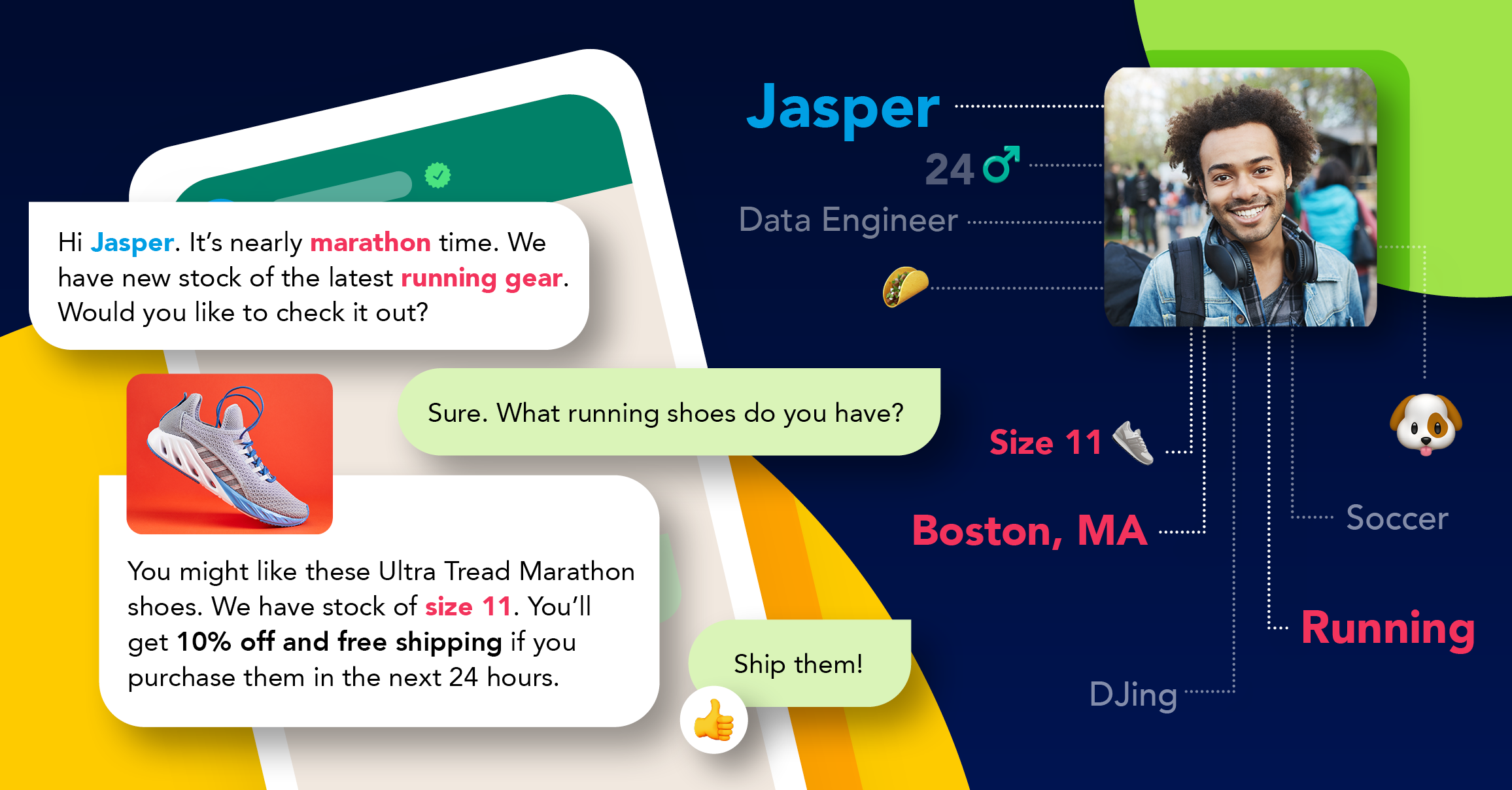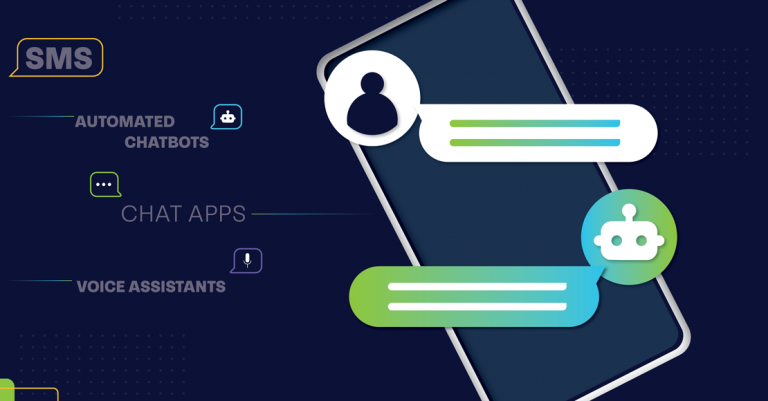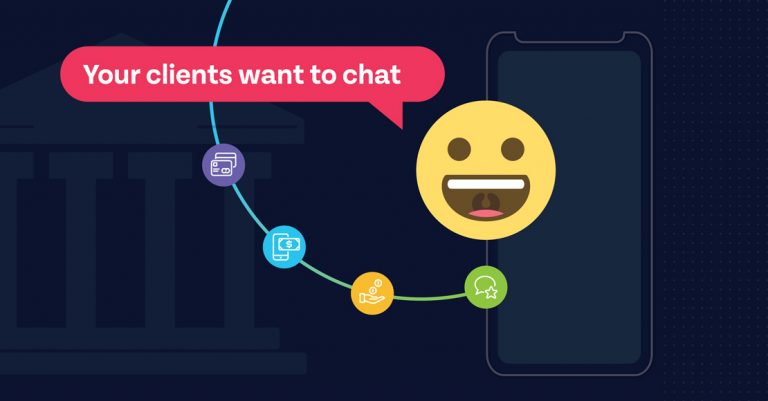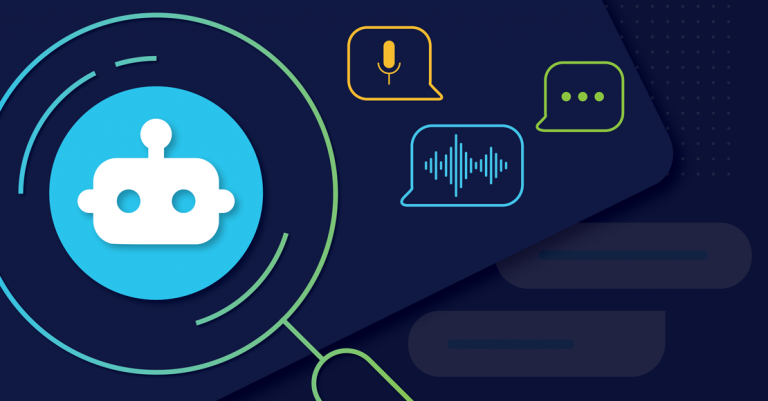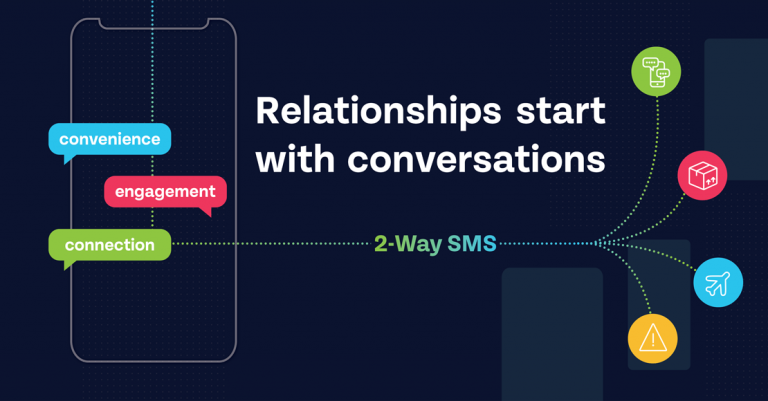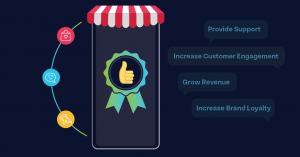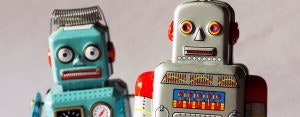
The advantages of artificial intelligence
Global headlines warn that robots are stealing jobs, but new data reveals the advantages of artificial intelligence. More than 40% of organizations are adding new jobs as a result of implementing artificial intelligence, according to research by Dun and Bradstreet. Only eight in 100 business executives reported staff layoffs due to AI.
The need? The growing demand for human talent who can work alongside AI. The latest research comes after a 2018 analysis by IBM found that 63% of CEOs cited lack of talent as a challenge.
No matter which industry you or your competitors are in, you’re likely to use AI in one business area or another. The business value derived from AI totaled $1.2 trillion in 2018, according to Gartner.
But, not everyone is convinced about the advantages of artificial intelligence yet
Enterprises in Gartner’s CIOs Guide to Artificial Intelligence listed the following barriers to the adoption of AI:
Finding use cases and defining strategy
Security and privacy risks
Integration complexity
In this article, we’ll take a look at case studies that illustrate the advantages of artificial intelligence, and how AI and human partnerships are shaping the future workforce.
Human-AI collaboration
In a research effort spanning several industries, Accenture studied 1500 company applications of AI. The results found that enterprises that brought AI to work alongside human employees achieved the best results. Scenes from a Hyundai plant, cited in the study, look like a futuristic robot thriller: human workers don robot exoskeletons to gain “superhuman endurance and strength”.
It shows the future of artificial intelligence, but AI solutions are also delivering universal benefits that improve customer service and the bottom line.
Chatbots working with human colleagues to improve customer service
One of the most well-known applications for AI in business is chatbots. Chatbots answer common, routine questions, freeing agents up to deal with queries that demand the human touch.
One such chat tool is Clickatell Touch, which uses machine learning technology to learn from its interactions. Over time, Touch will adapt to commonly asked questions and assist with the more complex ones. If there comes a point when Touch is unable to assist, it’ll pull in the assistance of a contact center operator. Because of their wider knowledge, this operator will be able to assist, and the chatbot will learn from the interaction.
Improve security and reduce fraud with AI-human partnerships
Aside from concerns about integration with existing systems, CIOs are worried about the potential risks posed by AI. The power of AI to gain access to proprietary databases poses a new cyber threat.
Speaking to TechRepublic, Mark Gazit, the CEO of ThetaRay, described a common crime where attackers make an AI program that steals a dollar from several different bank accounts - millions of times in a row. Fortunately, intuitive AI can detect suspicious transactions and alert human colleagues. AI can be taught to make inferences from the data and flag them for human review when in doubt.
At the Danske Bank, an AI system improved the fraud-detection rate by 50% and reduced the number of false positives by 60%.
“The reduction in the number of false positives frees investigators to concentrate their efforts on equivocal transactions the AI has flagged, where human judgment is needed.”
The value of the AI is its ability to understand what is routine and to ask its human colleague for help if it spots anything unusual.
Rather than destroying the job market, the advantages of artificial intelligence are fueling the future of work and creating a demand for new skills. Read more about how pairing humans with chatbots can improve customer experience.
Explore other articles
Step into the future of business messaging.
SMS and two-way channels, automation, call center integration, payments - do it all with Clickatell's Chat Commerce platform.
